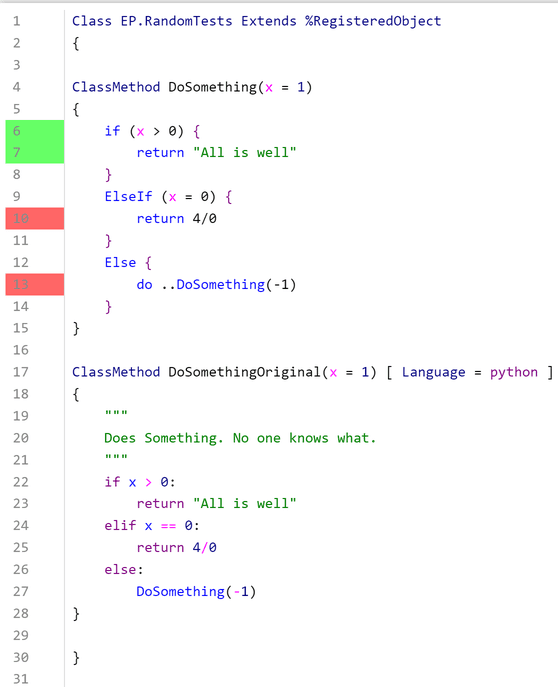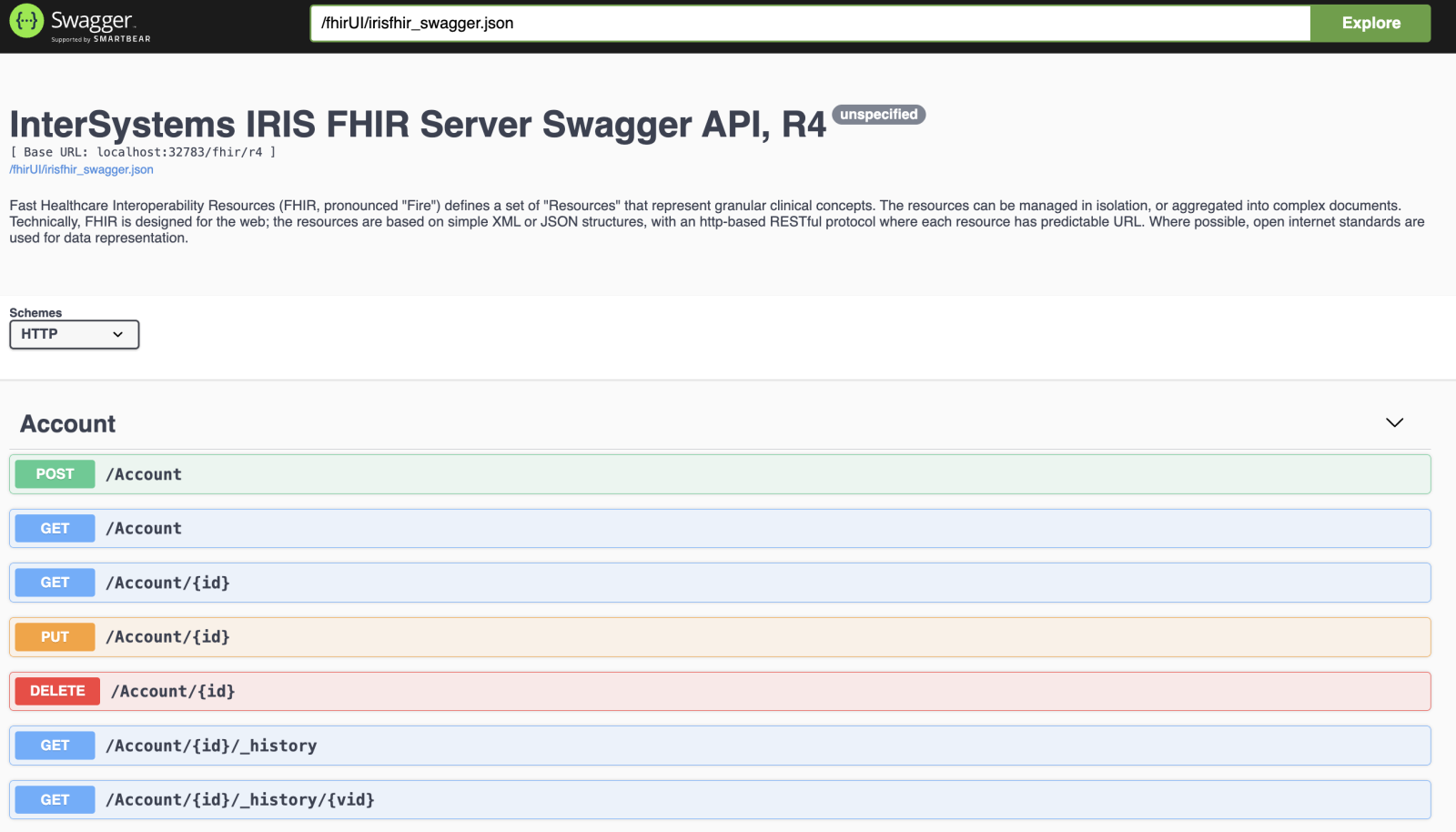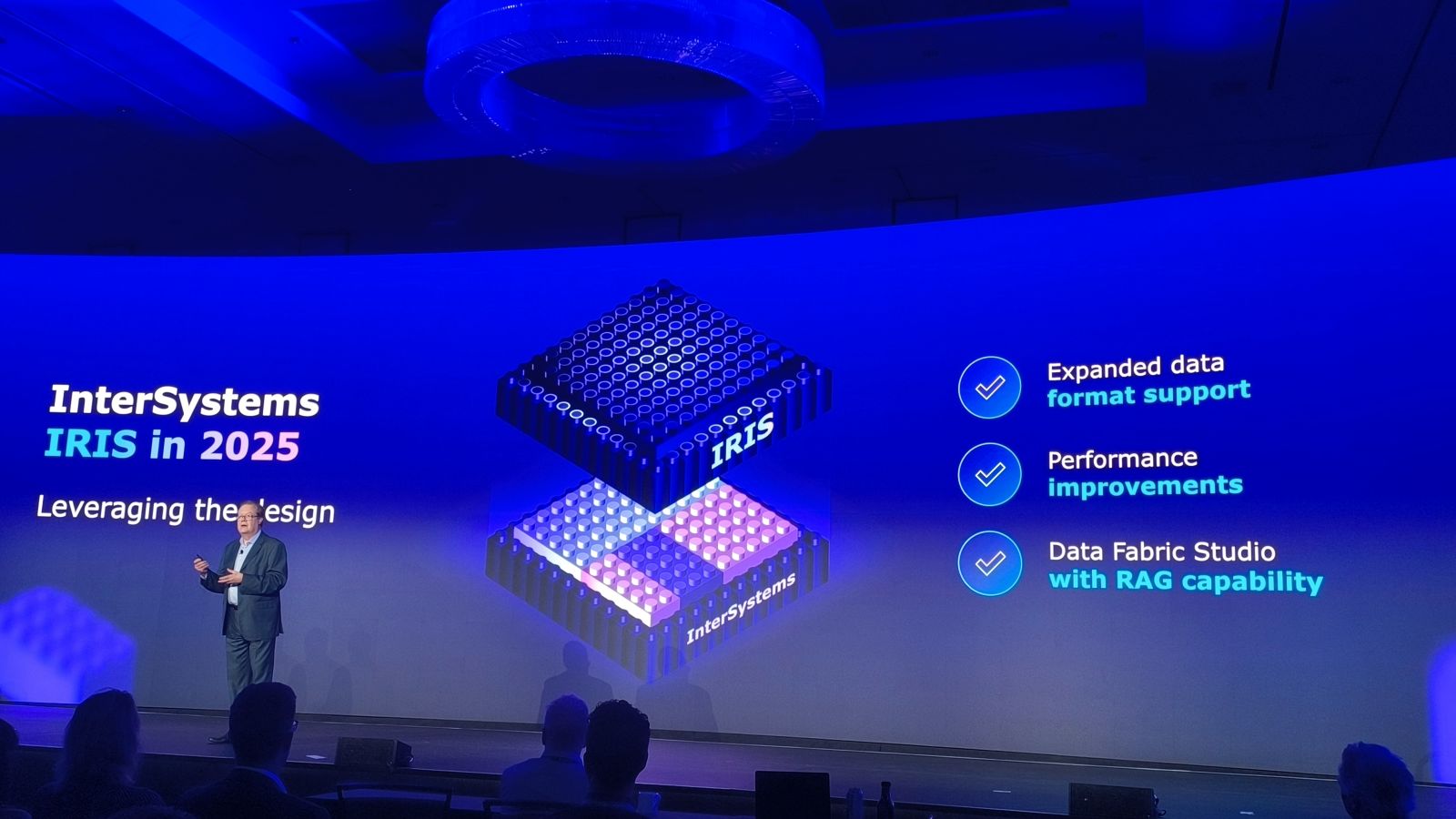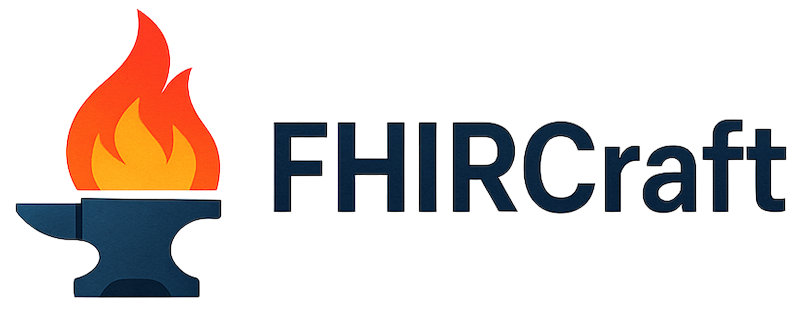Two big changes for the TestCoverage open source tool: Embedded Python support, and a new UI
Embedded Python
Previously, TestCoverage could only track unit test coverage for code written in ObjectScript. It would ignore code written in other languages like Python in the coverage statistics.






.png)
 📌 Below, you can see all the greetings shared by Global Masters members. They remind us of how important it is to be part of such a united and creative community.
📌 Below, you can see all the greetings shared by Global Masters members. They remind us of how important it is to be part of such a united and creative community. 
